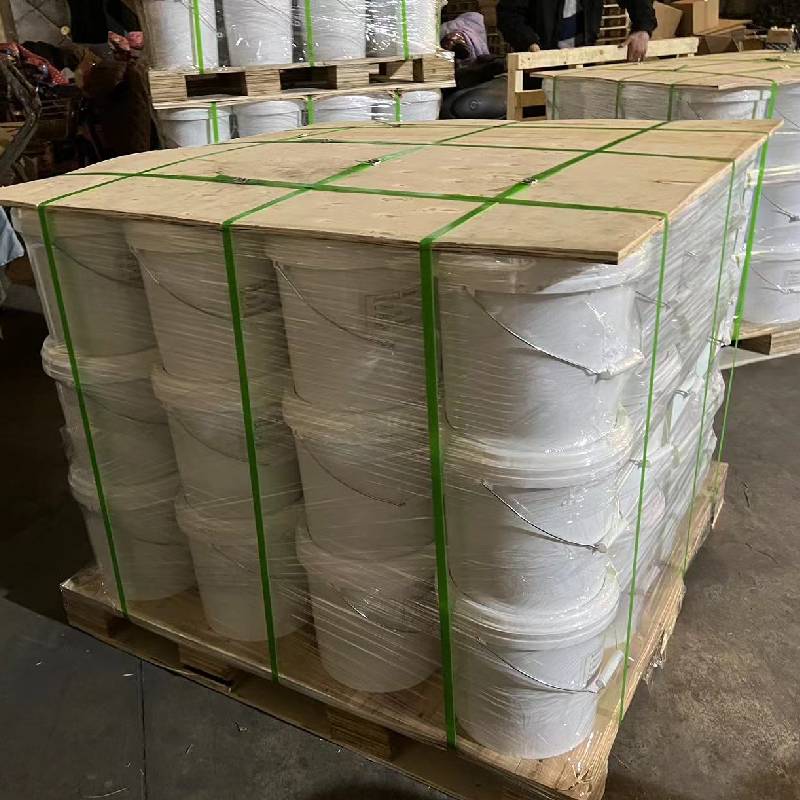
- Mobile Phone
- +8613931874955
- sales@cntcmetal.com
installing stucco lath
Installing Stucco Lath A Comprehensive Guide
Stucco is a versatile building material used for both interior and exterior finishes. Its durability, aesthetic appeal, and resistance to fire and pests have made it a popular choice for many homeowners and builders. One of the crucial steps in achieving a successful stucco finish is the installation of lath. This guide will offer a step-by-step approach to installing stucco lath, ensuring that you achieve a sturdy and long-lasting base for your stucco application.
Understanding Stucco Lath
Stucco lath serves as a framework for the stucco layer and provides the necessary support for the finished surface. It can be made from various materials, including metal, wood, and fiberglass. Among these, galvanized metal lath is often preferred for its durability and resistance to rust, while wood lath is commonly used in traditional applications. Fiberglass lath is another option, known for its lightweight and corrosion-resistant properties.
Tools and Materials Needed
Before starting the installation process, gather the necessary tools and materials
- Galvanized metal lath or wooden lath - Measuring tape - Tin snips (for metal lath) - Nails or staples - Lath gauge - Hammer or staple gun - Level - Safety goggles and gloves - Moisture barrier (if needed)
Step-by-Step Installation Process
Step 1 Prepare the Surface
Before installing the lath, prepare the surface where the stucco will be applied. Ensure that the wall is clean, free of debris, and in good repair. If the wall is particularly porous or has been previously painted, consider applying a moisture barrier to enhance adhesion and protect against moisture damage.
Step 2 Measure and Cut the Lath
Using your measuring tape, determine the amount of lath you will need. For metal lath, use tin snips to cut the lath to the appropriate size. If you are using wood lath, you may need to cut the strips to fit your project. Always wear safety goggles when cutting lath to protect your eyes from sharp metal edges or flying debris.
installing stucco lath

Step 3 Install the Lath
Starting from the bottom of the wall and working your way up, attach the lath to the wall. For metal lath, use galvanized nails or a staple gun to secure it in place. Space the fasteners about 16 inches apart for optimal support. Ensure the lath is level, as this will directly impact the appearance of the final stucco finish.
If you are using wood lath, the installation process is similar, but you may want to stagger the joints to ensure a stronger bond. Overlap the ends of the lath pieces by at least 1 inch, and secure them with nails driven into the studs behind the wall.
Step 4 Create a Keying Mechanism
One of the essential aspects of lath installation is ensuring that it allows for proper adhesion of the stucco. To achieve this, make sure the lath has sufficient surface area for the stucco to grip onto. If using metal lath, the mesh pattern inherently provides this; for wood lath, ensure that the strips are closely spaced.
Step 5 Inspect Your Work
Once the lath is in place, inspect the installation for any loose areas or gaps that could compromise the integrity of the stucco finish. Make any necessary adjustments and double-check that all lath pieces are securely fastened.
Step 6 Apply the Scratch Coat
With the lath installed and inspected, you can now proceed to apply the scratch coat of stucco. This is typically a mixture of Portland cement, sand, and water, which is applied to a thickness of about 3/8 inch. This coat will fill the voids of the lath and provide a solid base for the subsequent layers.
Conclusion
Installing stucco lath is a critical step in the stucco application process. Properly installed lath provides the support and adhesion needed for a durable and visually appealing stucco finish. By following these steps, you can ensure that your stucco application adheres effectively and performs well over the years. Whether you are a seasoned professional or a DIY enthusiast, understanding the fundamentals of lath installation will enhance your stucco project and lead to satisfying results. Remember to prioritize safety and take your time with each step for the best possible outcome.
share:
-
Your Source for Concrete Wall Ties and Masonry AccessoriesNewsJul.10,2025
-
Unlocking the Power of Iron Wire for Every ProjectNewsJul.10,2025
-
Explore Advanced Chain Wire and Stainless Steel Mesh FencingNewsJul.10,2025
-
Discover the Benefits of Annealed Wire ProductsNewsJul.10,2025
-
Discover China Stainless Steel Wire Mesh SolutionsNewsJul.10,2025
-
Build with Confidence Using High-Performance Masonry AccessoriesNewsJul.10,2025
-
Why Sacrificial Formwork Is Redefining Underground ConstructionNewsJun.06,2025



















